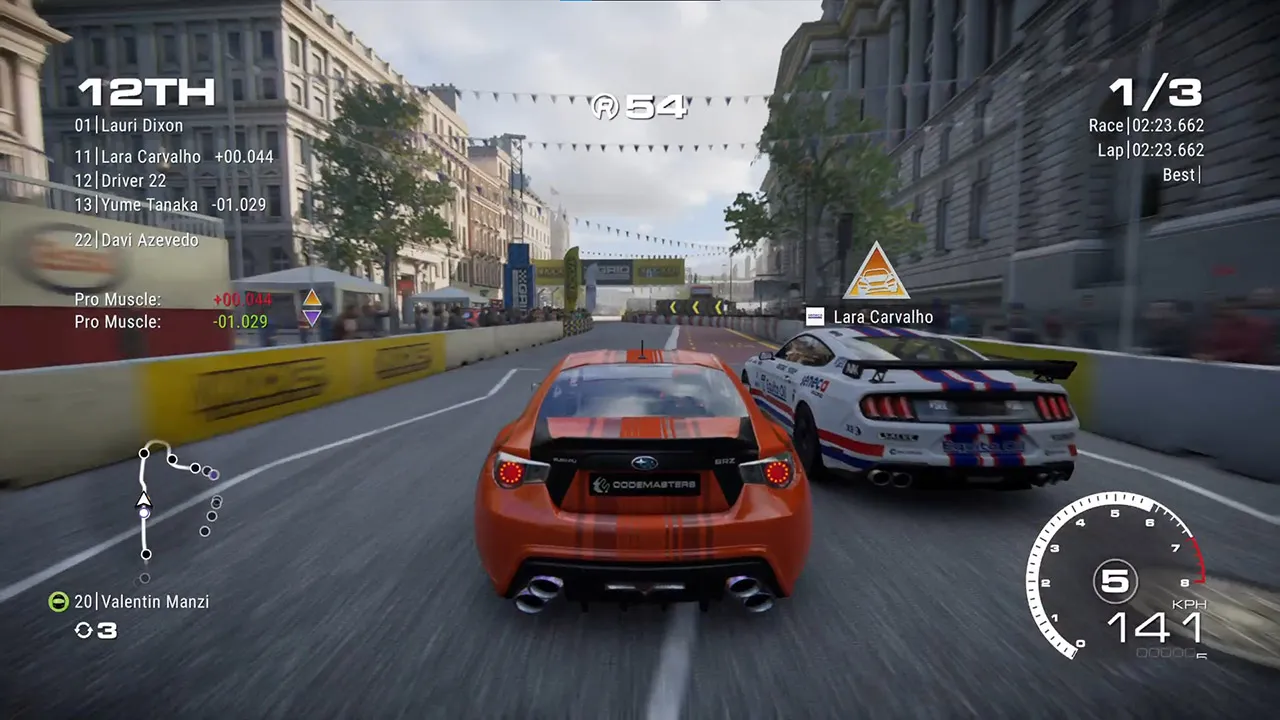
GRID Legends: A Balanced Racer with Room for Improvement
GRID Legends might not command the same market presence as Forza Horizon or Gran Turismo, but it holds its own with a dedicated fanbase. This is due in part to its cross-platform availability, but primarily because it strikes a compelling balance between arcade-style racing and realistic simulation. As a newcomer to the GRID series, this review focuses solely on what GRID Legends offers, not on its improvements over previous entries. So, buckle up, and let’s dive into the world of GRID Legends!
A Diverse Racing Experience
GRID Legends caters to a wide range of racing preferences, evident in several key aspects. First and foremost is its handling model. It avoids the ultra-realistic simulation of games like Gran Turismo, which can be daunting for players without real-world driving experience. Conversely, it steers clear of the over-the-top, physics-defying action found in titles like Need for Speed. GRID Legends occupies a comfortable middle ground, thanks to its customizable difficulty settings. The game offers granular control over driving assists like ABS, Traction Control, and Stability Control, each with five levels of adjustment, from full assistance to completely off. This allows players to tailor the driving experience to their skill level and personal preference.
 alt text: A screenshot from GRID Legends showing different car classes on the track.
alt text: A screenshot from GRID Legends showing different car classes on the track.
The game also boasts a diverse roster of racing disciplines. Whether you prefer entry-level sports cars like the MX-5 and Ginetta G40, tuned-up muscle cars and exotics, open-wheel racers like Formula 1 and IndyCar, electric Formula E, or even drifting, GRID Legends has something to offer. Essentially, if you’ve seen a four-wheeled motorsport on television, chances are GRID Legends has a version of it. The game even allows for cross-class racing, pitting a humble Subaru BRZ against a roaring Ford Mustang, for example. The only notable omission is rally racing, but Codemasters’ Dirt series already fills that niche.
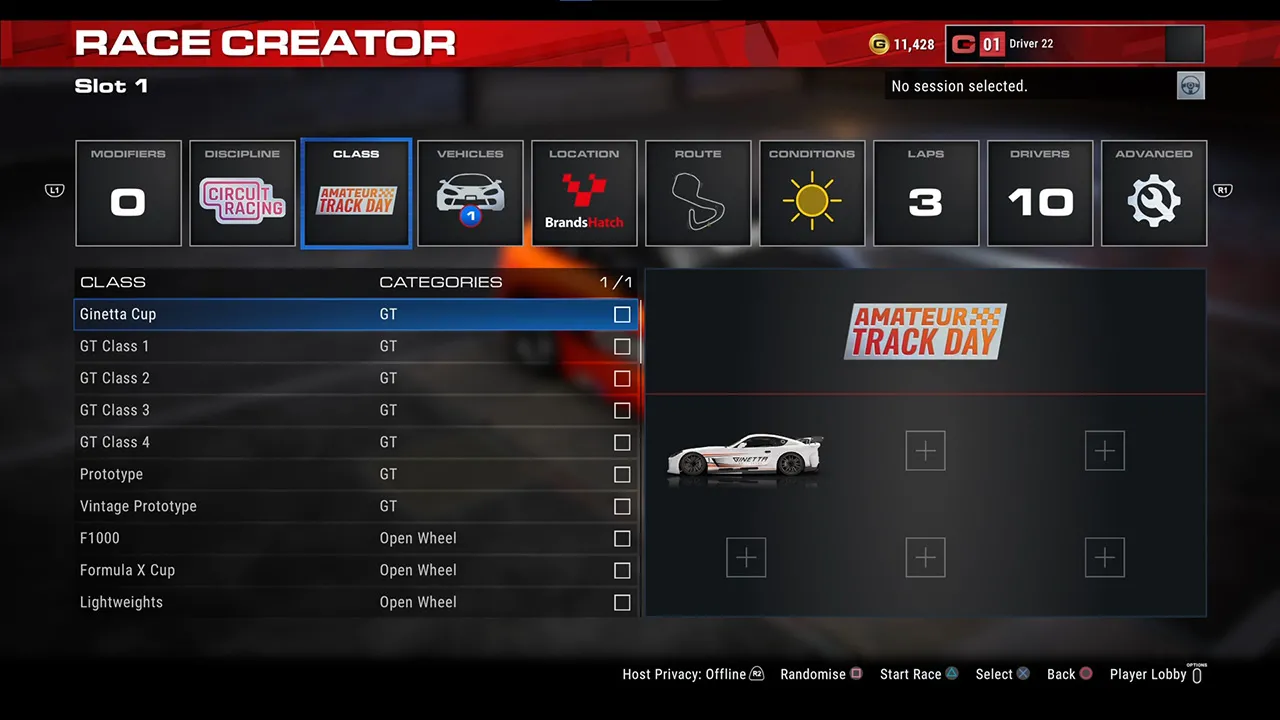 alt text: A collage of screenshots from GRID Legends showcasing various car types, including a classic Mini Cooper and a modern race car.
alt text: A collage of screenshots from GRID Legends showcasing various car types, including a classic Mini Cooper and a modern race car.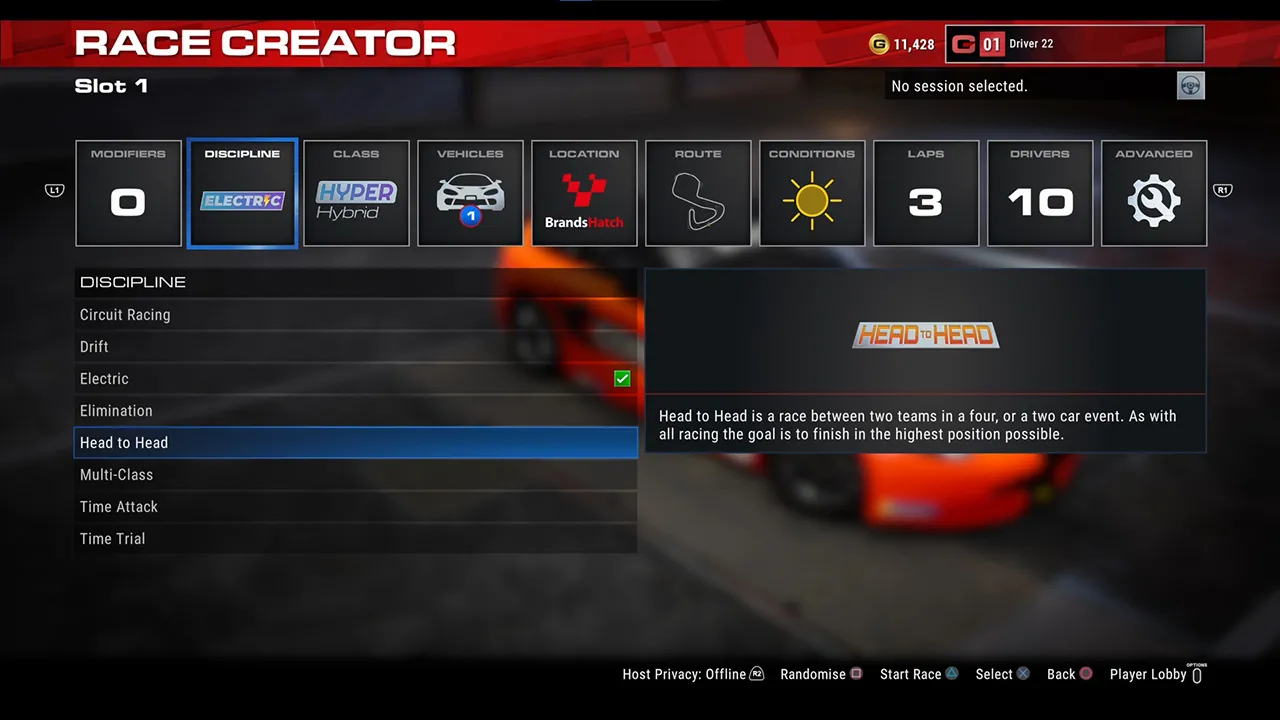 alt text: A screenshot from GRID Legends displaying a selection of different racing cars, including touring cars and prototypes.
alt text: A screenshot from GRID Legends displaying a selection of different racing cars, including touring cars and prototypes.
GRID Legends features an impressive 137 tracks, including both purpose-built circuits like Brands Hatch, Indianapolis, and Suzuka, and street circuits in cities like Dubai, Paris, London, and Moscow. This variety ensures that the racing experience remains fresh and engaging.
Limited Customization Options
Like many racing games, GRID Legends includes a car upgrade system, allowing players to spend their winnings on improving their vehicles. Unfortunately, this aspect feels underdeveloped, almost as if it were tacked on as an afterthought. The car performance statistics are presented as vague bars representing Power, Acceleration, Braking, and Handling. Instead of numerical values (horsepower, 0-60 times, G-forces), these bars offer little concrete information. This makes it difficult to compare cars effectively, choose the right vehicle for a specific race, or even organize balanced races based on performance.
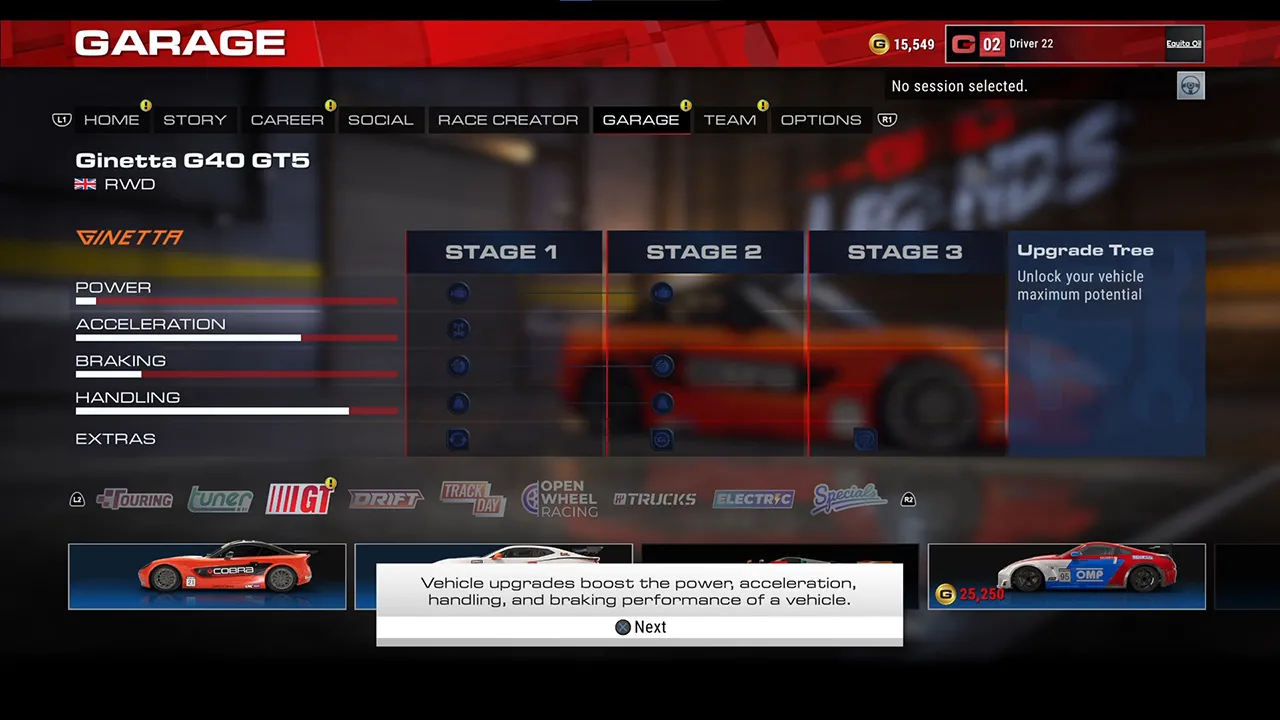 alt text: A screenshot from GRID Legends showing the car upgrade menu with vague performance bars.
alt text: A screenshot from GRID Legends showing the car upgrade menu with vague performance bars.
The upgrade system itself is equally simplistic. Upgrades are purchased in stages, with vague descriptions like “Increased power through high-performance parts.” Other racing games allow for granular control over individual components (ECU tuning, intake manifolds, fuel injectors), giving players a sense of ownership and control over their cars. GRID Legends’ staged upgrades feel like handing a blank check to a mechanic and saying, “I don’t care what you do, just make sure this car has 300 horsepower by tomorrow.”
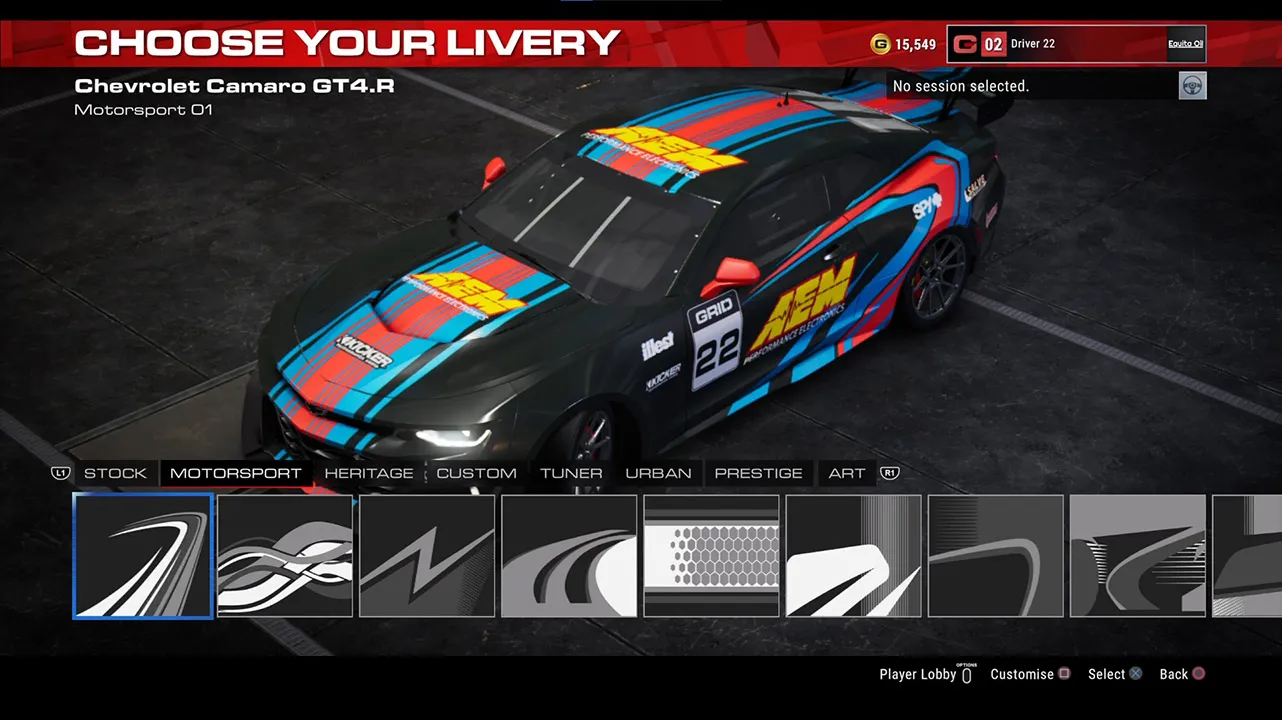 alt text: A screenshot displaying the limited customization options for car liveries in GRID Legends.
alt text: A screenshot displaying the limited customization options for car liveries in GRID Legends.
Finally, visual customization is limited. While the selection of pre-made liveries is diverse and attractive, players cannot create their own designs or remove all decals for a clean, stock look. These limitations prevent players from truly personalizing their vehicles and further diminish the sense of ownership.
Conclusion
GRID Legends offers a balanced and accessible racing experience with a diverse range of cars, tracks, and racing disciplines. However, its underdeveloped upgrade system and limited customization options hold it back from reaching its full potential. While it caters to a broad audience, the lack of depth in these areas may leave some players wanting more. The game’s core strength lies in its diverse offerings and approachable handling, making it a solid entry point for racing fans of all skill levels.





Comments (0)